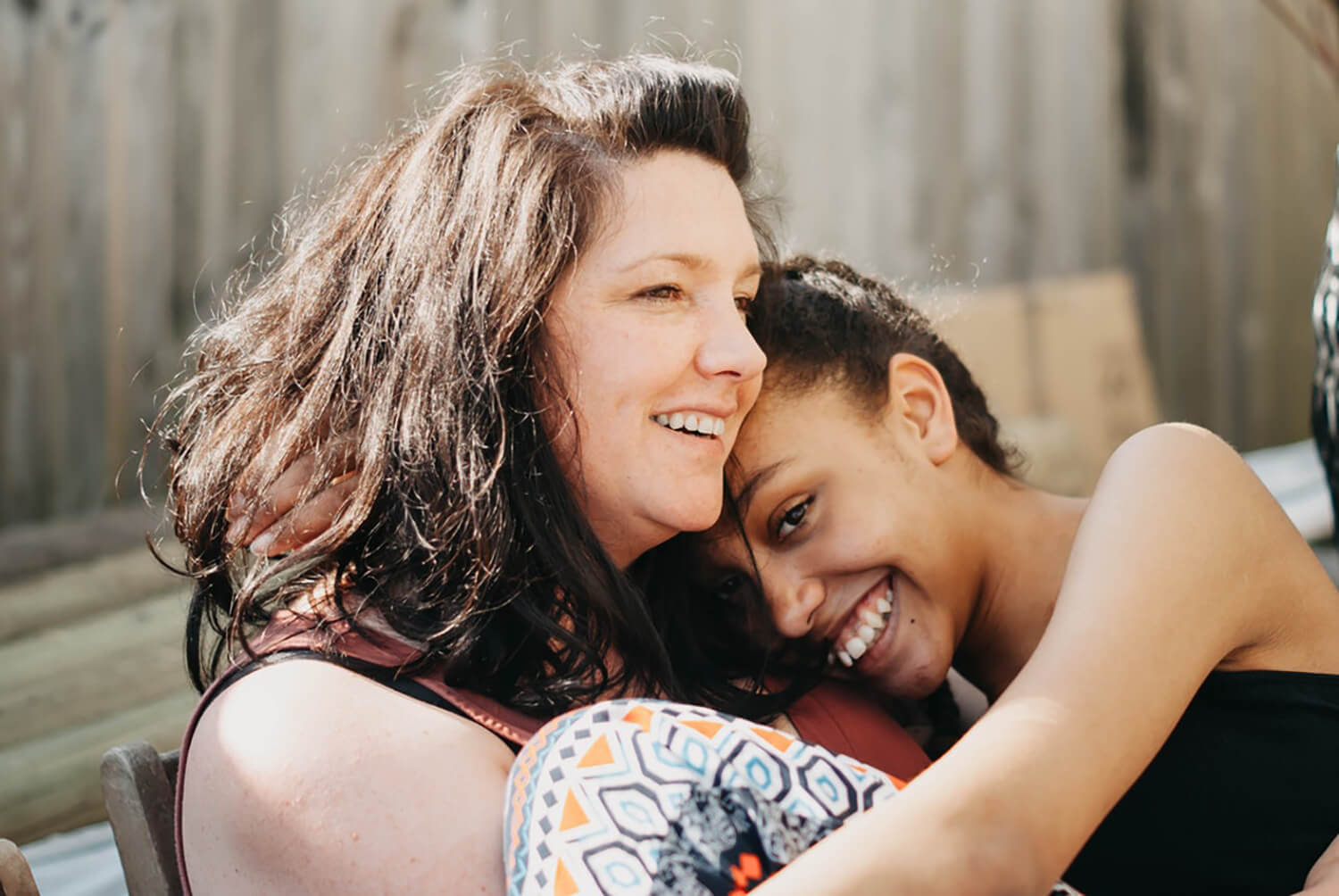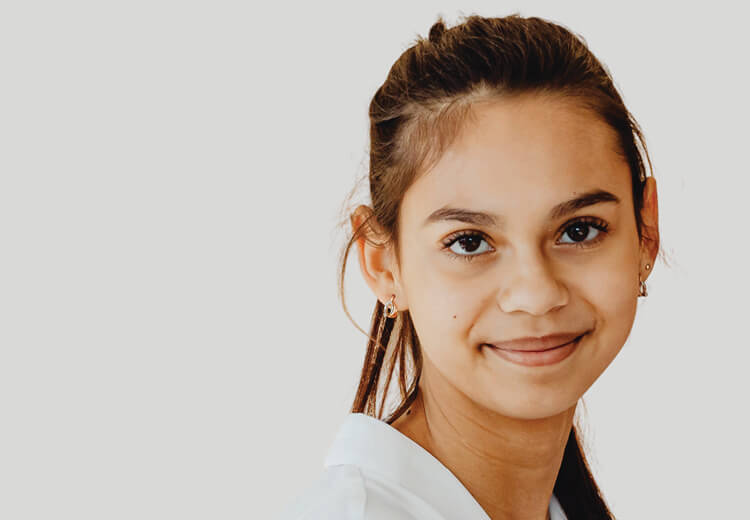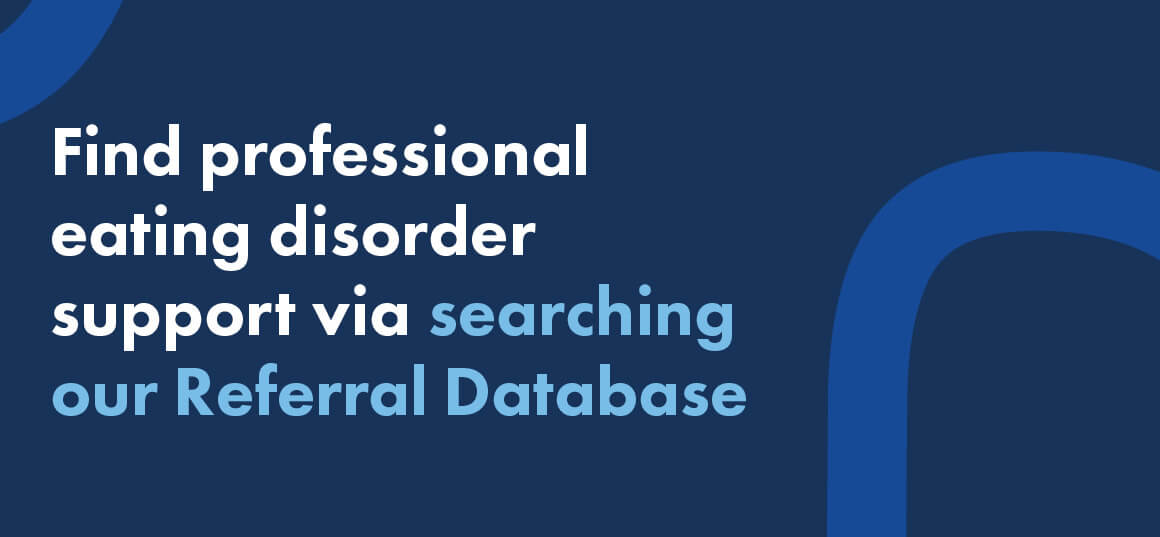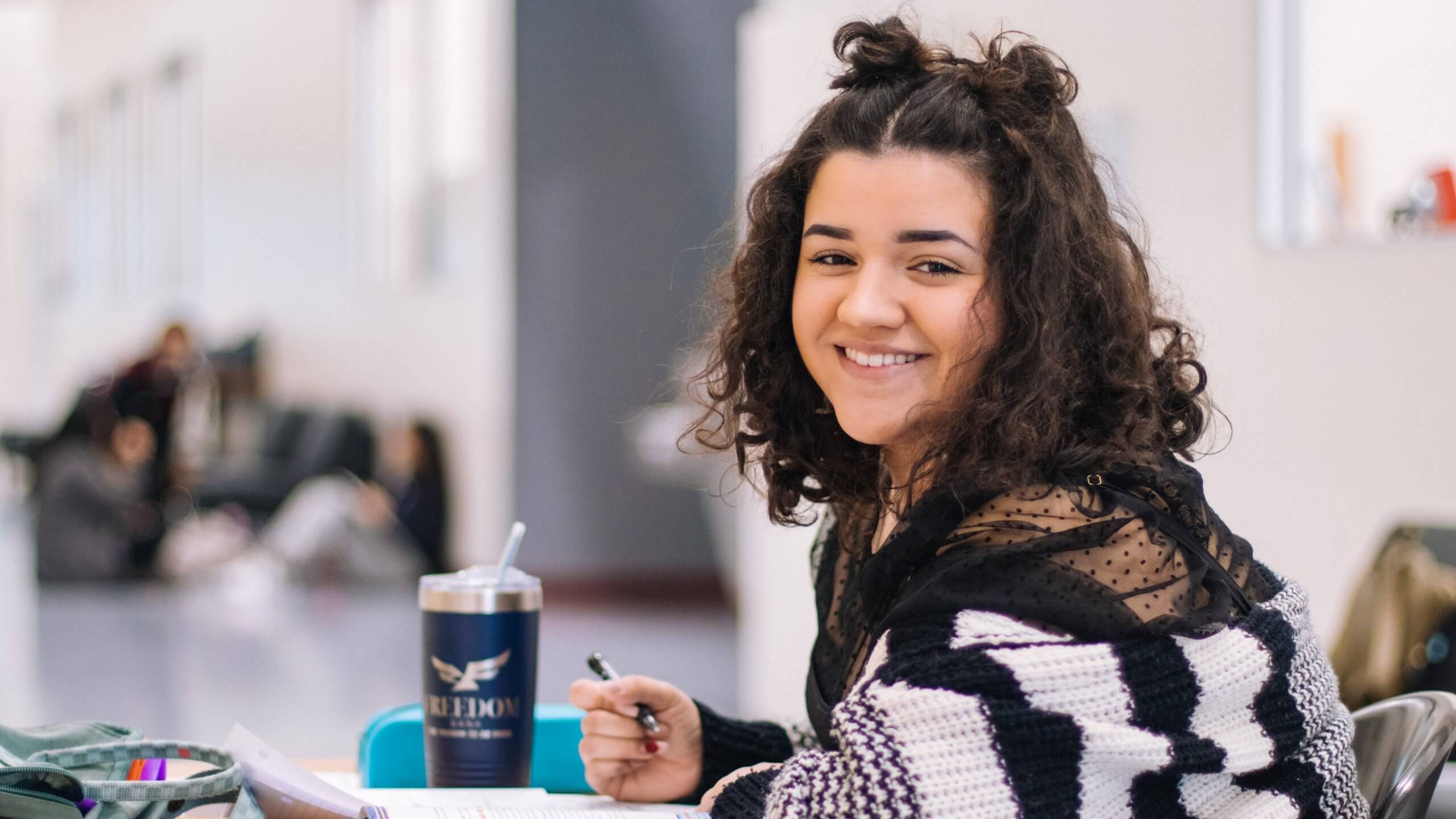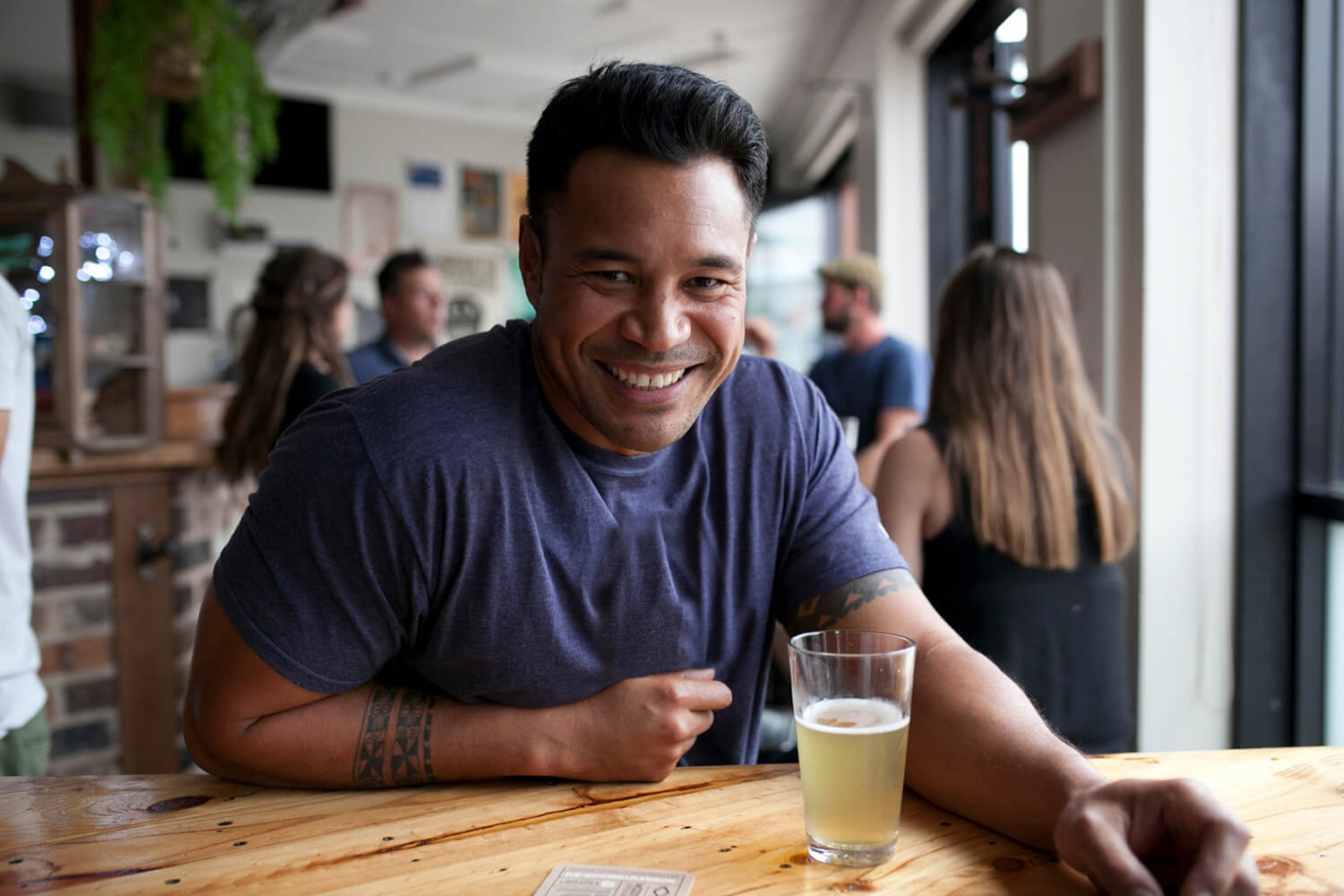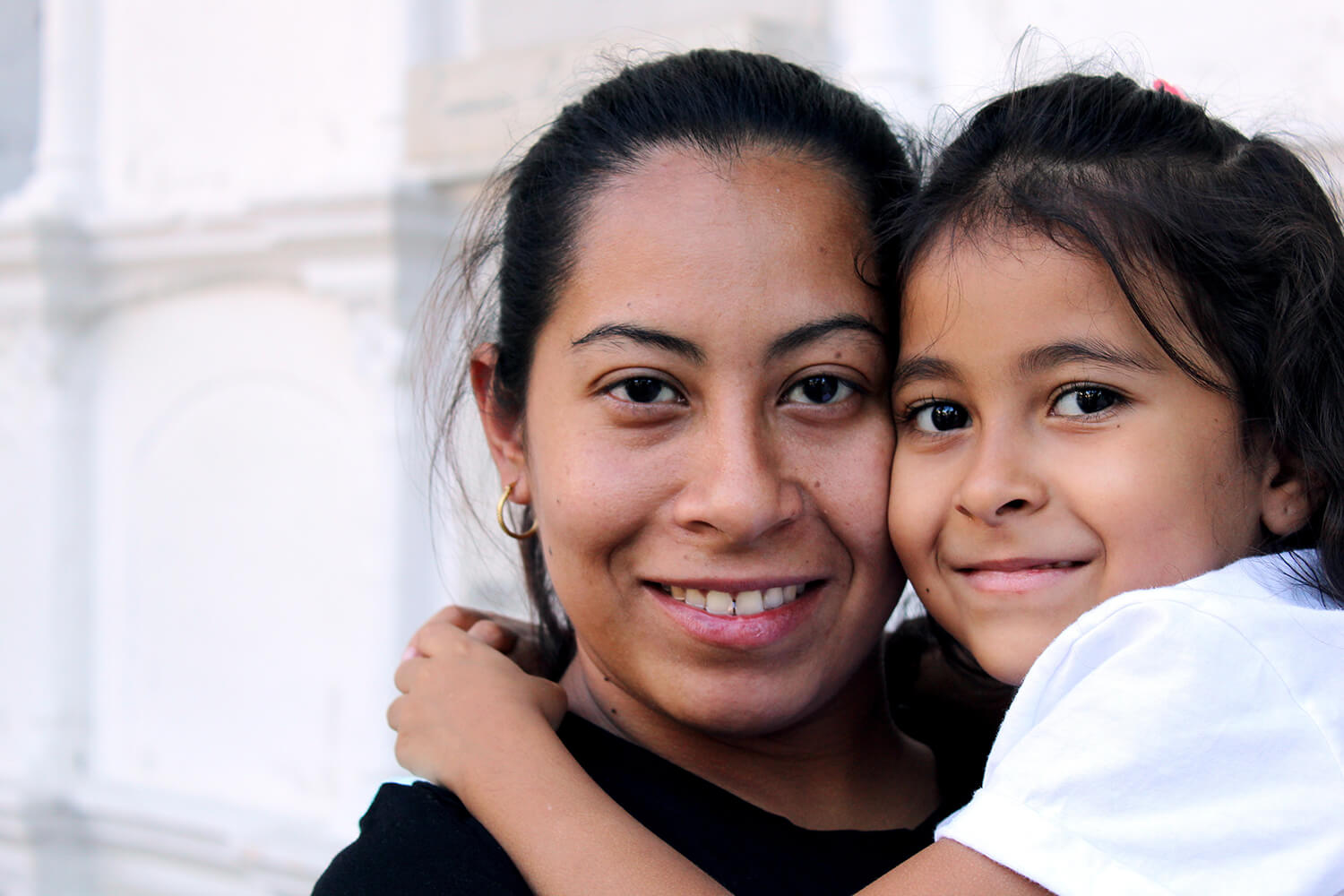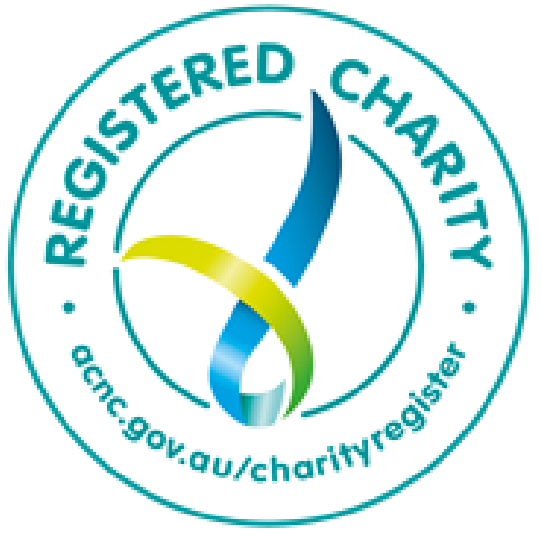International Women’s Day: Cracking the code on body image
The global United Nations theme for International Women’s Day 2023 is ‘DigitALL: Innovation and technology for gender equality’, with events in Australia badged as ‘Cracking the Code’, referencing the cultural, economic and social codes and behaviours that entrench inequality, including the digital gender gap. Sarah Squire, Butterfly’s Head of Knowledge, Research & Policy, explores what this theme means for the relationships that girls and women have with their bodies in online environments.
This year’s International Women’s Day theme is aligned with upcoming 67th Session of the Commission on the Status of Women theme: Innovation and technological change, and education in the digital age for achieving gender equality and the empowerment of all women and girls:
‘IWD 2023 will explore the impact of the digital gender gap on widening economic and social inequalities. The event will also spotlight the importance of protecting the rights of women and girls in digital spaces and addressing online and ICT-facilitated gender-based violence.’
Technology-facilitated violence within online environments can take several forms, and often interacts with real-world acts of violence against women. As well as a range of individual harms (such as physical, psychological and economic impacts), gendered online abuse can result in the spread of misinformation and disinformation, and cause women and girls to self-censor and disengage in virtual spaces. UN Women Australia tell us that globally, 24 per cent of women have reduced their internet usage as a result of abusive online contact.
This is particularly concerning in the area of body image, as access to evidence-based information and peer support within online spaces has the potential to mitigate the negative effects of phenomena such as weight stigma, appearance discrimination, and diet culture.
Body positive and fat positive communities can be accessed by women and girls to improve awareness of bodily diversity, reduce stigma and create a community of support. By showing a range of body types, sizes and ethnic backgrounds, such communities enable women and girls to connect with alternative forms of embodiment and build resistance to unhelpful cultural norms.
In fact, research demonstrates that increased exposure to diverse body types that differ from the “thin ideal” can help ‘recalibrate’ what is considered to be healthy and ‘normal.’
In this way, digital communities can function as protective factors against body image issues, disordered eating and eating disorders. As well as being sites for joyful expression and connection, for those who need clinical support, they can also be the first step towards seeking and securing help in the system of care.
People of any gender can experience body dissatisfaction, and all can benefit from communities of resistance and connection, however we know that girls are particularly vulnerable to body dissatisfaction, often from a young age. By the ages of 10-11, over half of Australian girls (56 per cent) have tried to control their weight, while ninety per cent of 12–17 year old girls report having been on a diet. Disordered eating is highly prevalent in the general population with approximately 50 per cent of women engaging in unhealthy weight control behaviours.
Despite this, disordered eating is minimised by a sizable minority of young people. Butterfly’s Community Insights survey found that one third of Australians believe disordered eating behaviours are ‘pretty normal’, and that people experiencing disordered eating will simply grow out of the behaviour and/or could stop what they are doing if they really wanted to.
Online, women and girls are more likely to engage in body-related content. This can result in exposure to intense images and messages that emphasize the importance of appearance and encourage the attainment of unrealistic body and appearance ideals, often through dangerous practices such as disordered eating or exercise behaviours.
If girls and women can access safe and inclusive online spaces, and guidance on how to navigate these, they can develop resilience to these ‘norms’, improve social media literacy skills, access evidence-based resources and be met with understanding from people experiencing similar issues.
‘Cracking the code’ and reducing body-image related harm online
Butterfly recognises online environments could be made safer with regard to body image-related harms through a range of public policy interventions. These include:
- Stronger regulation of social media platforms, including requirements to improve moderation of harmful content and modifications to algorithms so that users do not end up down rabbit holes full of triggering body image and eating disorder content. One feature that has been introduced in Australia for Tik-Tok and Instagram users is when people search for a hashtag related to eating disorders, they are prompted to access Butterfly Helpline or website where they can find help, support, and information about treatment options.
- Strengthening advertising regulation to create better coverage of body image-related harms and better recourse for those whose complaints to Ad Standards are upheld.
- Updating the now outdated Voluntary Industry Code of Conduct on Body Image (which was created in 2009, before the explosion of most forms of social media). Given the rapid evolution and adoption of social media, we urgently need an inquiry that considers current evidence, and the impact social media, traditional media and technology have on body image and body satisfaction.
- Adding appearance discrimination as a proscribed form of discrimination in federal, state and territory anti-discrimination laws.
- Funding Butterfly Foundation to scale up our existing health promotion activities, including digital campaigns and programs for parents and carers to help their kids navigate online environments safely from a young age.
In the meantime, be the change you want to see by cracking the code in your own practice – detox and curate your feed so that it features a positive, diverse range of bodies and perspectives, find your tribe online and engage in mutual online support as opposed to comparison, role model the attitudes and behaviours that you would like to see in others, check-in on your own thoughts and habits (e.g., notice when you are starting to engage in negative self-talk and body comparison), and switch off regularly.
You can also follow Butterfly’s social channels, where we produce and distribute content that offers an alternative to the dominance of appearance-based approaches to representation of bodies, eating and movement. You’ll find us here: Facebook, Instagram, LinkedIn, Twitter, YouTube.
You can also join the Butterfly Collective to share your lived experience insights and access advocacy opportunities, and contact the Butterfly Helpline if you need confidential support and advice.
#CrackingtheCode #IWD2023
Further reading
- Helping your daughter navigate social media
- What role does social media play in the development of negative body image and eating disorders?
- How to stop comparing your body to others
- Curating your Instagram feed to support eating disorder recovery
- A parent’s guide to talking to young people about positive body image and authentic sharing on social media
Get support
If you are struggling with your relationship to exercise, food or your body, or are worried about someone who is, reach out for help as soon as you think something might be wrong. Connect with Butterfly’s National Helpline for free counselling and advice for eating disorders and body image concerns, 7 days a week, 8am-midnight (AEDT).
Call 1800 ED HOPE (1800 33 4673), chat online or email support@butterfly.org.au





